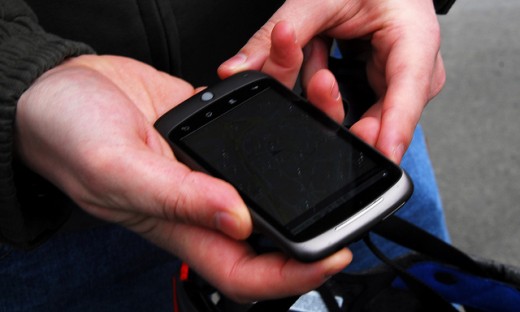

The person beset with deaf-blindness in adulthood, after he had had an education, was in a very different plight from the preschool child who still had everything to learn. The age at which first one and then the other sensory channel was blocked was also a crucial factor in the nature and dimension of the overall problem confronting the individual. The situation was reversed for the blind person who subsequently lost the hearing that had been his main source of orientation and communication.

The person who grew up as a deaf child and then lost the use of his eyes had visual memories to draw upon but had learned to be dependent on vision to receive (and usually to give) communication by means of sign language or lip reading. Judging by contemporary sample studies of segments of the adult deaf-blind population, deafness more often preceded blindness than vice-versa the interval before the onset of the second disability ranged from a few years to a good many. At one time, childhood infections such as scarlet fever or meningitis sometimes produced simultaneous blindness and deafness, but in later years, when raging infections of this type had been largely eradicated, simultaneous onset seldom occurred. It was the rare deaf-blind person who was born that way. Degree of loss, as well as age of onset and the order in which the disabilities occurred, all made a difference.

It was the absence of the substitution factor that made deaf-blindness so disabling a condition.Īs with simple blindness or simple deafness, the kind and extent of handicap were governed by individual factors.

#BLIND MAN WHISTLE PHONE PLUS#
Although the language varied somewhat from situation to situation, the basic definition of deaf-blindness was "legal blindness plus inability to understand connected discourse through the ear, even with amplification." This meant that many deaf-blind persons had traces of vision or faint degrees of hearing, or both, but that neither sensory channel was sufficiently functional to serve by itself or as a substitute for the other. Of the known population, relatively few were in Helen Keller's condition, i.e., totally without sight or hearing. Knowledgeable authorities estimated that there were at least 3,000, and perhaps as many as 8,000, additional deaf-blind persons who had not yet been located. And with that acknowledgment came new efforts at rescue and salvage-efforts spurred on by Helen herself in the face of decades of discouragement.Īs of 1972, the number of known deaf-blind persons in the United States was put at 12,000, equally divided between children and adults. It was no wonder that the one such person the world did know about-the one whose life and accomplishments defied the popular stereotype-was regarded as enough of a miraculous oddity to be booked on a vaudeville circuit.īut Helen Keller was not the only person-or even the first-to be helped out of what she described as "the double dungeon of darkness and silence." There were others before her, others came later, and there will doubtless be more in the future, for it was less than thirty years ago that the world began to acknowledge the existence of this heretofore hidden layer of humanity. They were the deaf-blind, regarded by the few people who even knew of their existence as the most hopeless, the most helpless of human creatures, deserving of pity and protection but unreachable, unteachable. Helen Keller called them "the loneliest people on earth." Gabriel Farrell termed them "children of the silent night." "The muffled drums" was the name some gave themselves in England.


 0 kommentar(er)
0 kommentar(er)
